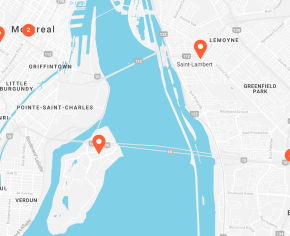Fluoroscopy is used for the following treatments:
- Intra-articular infiltration
- Facet blocks
- Foraminal (or selective epidural) blocks
A fluoroscopy-guided intra-articular infiltration involves injecting an anti-inflammatory agent into the joints, bursa or tendons, in order to relieve pain and inflammation. A fluoroscopy-guided facet block involves injecting the drug (cortisone) into the facet joints of the spine (cervical, dorsal or lumbar) to temporarily relieve pain.
Multiple infiltrations may be required. If necessary, a certain amount of time is recommended between infiltrations (maximum of three infiltrations per year at the same site). A selective epidural, commonly referred to as a “foraminal block,” involves injecting cortisone where the nerve roots of the spine emerge.
How the procedure works
- The health care professional asks you to lie on the examination table. They will help you position yourself in the best possible way, depending on the type of procedure. The radiologist then does an initial ultrasound and examines the affected area.
- If the radiologist judges that the infiltration may benefit you, they will inject a local anaesthetic (e. g. lidocaine) near the muscle or joint.
- They then inject the cortisone or viscosupplement.
To help you plan, keep in mind that the appointment can last from 20 to 30 minutes, even if the procedure itself takes only 10 to 15 minutes.

